Last year, the Irish Farmers Journal introduced the Global Network of Lighthouse Farms – operational farms that are ready for the sustainability challenges of 2050. This global classroom showcases inspiring stories of farmers who reinvented their farms, often through a combination of willpower and serendipity, and always by working together with their communities far and near.
As we will all be homebound for yet another year, our regular column on this page will take you on a journey through all continents to get a glimpse of the future of farming.
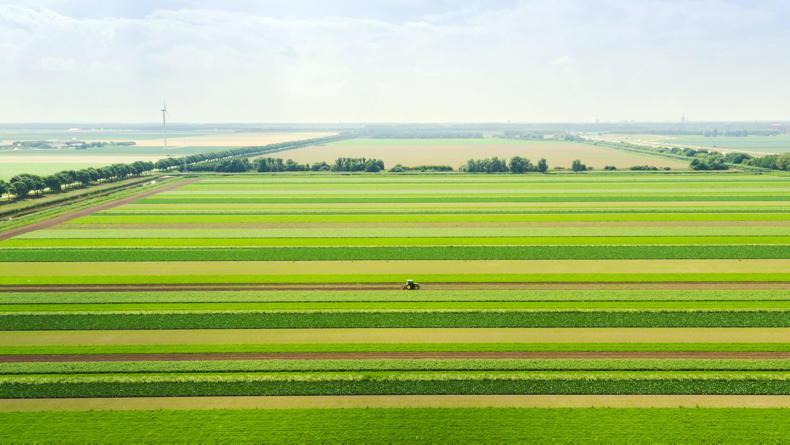
Strip cropping in the Netherlands.
Welcome to the bottom of the sea
We start our journey around the Lighthouse Farm closest to home, in a place where we would least expect to find one – next to a busy motorway near Amsterdam, the Netherlands. Here, on what used to be the sea floor, Jaco, Theo and Roy are pioneering strip cropping. The idea is simple – they grow the same crops, with the same acreage, in strips of 6m width, rather than in the usual rectangular fields that surround their 1,800ha farm.
Social distancing for crops
Why would they do that? The benefits are many, and it all comes down to common sense. Take disease control – when a disease first infects a large field, it finds itself surrounded by new host plants in all directions, resulting in a rapid outbreak. In a strip, disease can only move in one direction, which slows down the infection rate. Think of it as social distancing for crops, with each strip as a separate social bubble.
This is not just theory. We monitored outbreaks of potato blight (Phytophtora) in potato strips of different widths and compared them to outbreaks in adjacent potato fields. The outcomes of this monitoring supported the theory. Indeed, growing potatoes in strips slowed the outbreak by a week.
Where we mixed different potato varieties within strips, we gained another week, and this two-week delay in a full-blown outbreak of blight can mean the difference between making a profit or making a loss.
How wide should the strips be?
There is no single answer, but early data suggests that strip cropping becomes effective when strips are 6m wide or less. In practice, it depends on the width of your machinery.
Over 40 farmers in the Netherlands have now followed the Dutch Lighthouse Farm example and adopted strip cropping without changing machinery.
Indeed, of all the Lighthouse farming systems in our global network, strip cropping is the one with the lowest threshold to get into and it now features explicitly in the Dutch government’s plan for sustainable agriculture.
So what is the catch? Strip cropping takes planning. Rotations need to be carefully designed to avoid crops being grown in places close to previous strips.
When our Lighthouse Farm in Finland, which will be featured in this column soon, decided to adopt strip cropping, they called upon the help of one of our students to design a multi-year rotation.
Beyond strip cropping
One farming family is already taking strip cropping to the next level. Arjen van Buuren returned to the east of the Netherlands after a 20-year Irish farming adventure in Co Meath.
Last year, Arjen and Winny were the first to try their hands at ‘pixel farming’, growing crops in ‘fields’ of 1.5 x 1.5 metres.
In pixel cropping, crops are grown almost as individual plants and placed together in the best combinations – carrots and onions are the best known example of such companion crops that repel each other’s pests.
But how can farmers manage all the field operations when crops are grown so closely together? This is where modern technology can help and make the most of ecology. Over the last century, farm machinery has continued to increase in size as the operator has become the most expensive part of farm machinery.
Bigger machinery means one person can cover more ground, and this in turn has led to the establishment of bigger fields. With the advent of autonomous field robots, steel is now being replaced by silicon – engineers are developing teams of miniature robots capable of tending to individual plants 24/7.
Our students are currently teaching computers to identify all of the plant species we can find in arable land, using thousands of images of mixed seedlings, so that robots can ultimately replace the hoe or spray.

Strip cropping in the Netherlands.
The Global Network of Lighthouse Farms is providing great examples of the future of farming around the world. While climate and systems vary between regions, there are things that can be learned from all members of the network. For example, this week’s profile describing how farmers in the Netherlands are mixing varieties is something that could be implemented relatively easily here in Ireland. Indeed, it is practised by some growers here at present to reduce the incidence of disease in cereal crops. Companion cropping is a similar practice, providing diversity in the soil and among insects that are attracted to the crops, and can work well with cereals and legumes.
Some of the smaller plots of onions and carrots planted side by side on this Lighthouse Farm may seem impractical, but this technique may have a role to play in organic production or small-scale vegetable production.
Roger’s analogy of social distancing crops is simple and effective. Social distancing is a word we have all come to know, and maybe dislike, but as the pandemic has shown, it helps stop the spread of disease. Planting crops in smaller areas can reduce pressure and this is the practice used to slow down and stop the spread of disease in crops on this farm.
If you have ever planted spring barley in the same field as winter barley, you may notice higher disease pressure in the spring crop as the disease spreads from one to the other. However, when plants that do not share the same diseases are planted beside each other, the disease spread stops.
Explore further
Visit our Global Network of Lighthouse Farms here.
Take two minutes to be inspired by the positive spirit of our Lighthouse farmers by clicking here.
Learn about virtual farm internships in the-age-of-Covid by clicking here.
Read the scientific paper (open access) on the benefits of strip cropping by clicking here.
Dive deeper into the future of pixel cropping by clicking here.

Last year, the Irish Farmers Journal introduced the Global Network of Lighthouse Farms – operational farms that are ready for the sustainability challenges of 2050. This global classroom showcases inspiring stories of farmers who reinvented their farms, often through a combination of willpower and serendipity, and always by working together with their communities far and near.
As we will all be homebound for yet another year, our regular column on this page will take you on a journey through all continents to get a glimpse of the future of farming.

Strip cropping in the Netherlands.
Welcome to the bottom of the sea
We start our journey around the Lighthouse Farm closest to home, in a place where we would least expect to find one – next to a busy motorway near Amsterdam, the Netherlands. Here, on what used to be the sea floor, Jaco, Theo and Roy are pioneering strip cropping. The idea is simple – they grow the same crops, with the same acreage, in strips of 6m width, rather than in the usual rectangular fields that surround their 1,800ha farm.
Social distancing for crops
Why would they do that? The benefits are many, and it all comes down to common sense. Take disease control – when a disease first infects a large field, it finds itself surrounded by new host plants in all directions, resulting in a rapid outbreak. In a strip, disease can only move in one direction, which slows down the infection rate. Think of it as social distancing for crops, with each strip as a separate social bubble.
This is not just theory. We monitored outbreaks of potato blight (Phytophtora) in potato strips of different widths and compared them to outbreaks in adjacent potato fields. The outcomes of this monitoring supported the theory. Indeed, growing potatoes in strips slowed the outbreak by a week.
Where we mixed different potato varieties within strips, we gained another week, and this two-week delay in a full-blown outbreak of blight can mean the difference between making a profit or making a loss.
How wide should the strips be?
There is no single answer, but early data suggests that strip cropping becomes effective when strips are 6m wide or less. In practice, it depends on the width of your machinery.
Over 40 farmers in the Netherlands have now followed the Dutch Lighthouse Farm example and adopted strip cropping without changing machinery.
Indeed, of all the Lighthouse farming systems in our global network, strip cropping is the one with the lowest threshold to get into and it now features explicitly in the Dutch government’s plan for sustainable agriculture.
So what is the catch? Strip cropping takes planning. Rotations need to be carefully designed to avoid crops being grown in places close to previous strips.
When our Lighthouse Farm in Finland, which will be featured in this column soon, decided to adopt strip cropping, they called upon the help of one of our students to design a multi-year rotation.
Beyond strip cropping
One farming family is already taking strip cropping to the next level. Arjen van Buuren returned to the east of the Netherlands after a 20-year Irish farming adventure in Co Meath.
Last year, Arjen and Winny were the first to try their hands at ‘pixel farming’, growing crops in ‘fields’ of 1.5 x 1.5 metres.
In pixel cropping, crops are grown almost as individual plants and placed together in the best combinations – carrots and onions are the best known example of such companion crops that repel each other’s pests.
But how can farmers manage all the field operations when crops are grown so closely together? This is where modern technology can help and make the most of ecology. Over the last century, farm machinery has continued to increase in size as the operator has become the most expensive part of farm machinery.
Bigger machinery means one person can cover more ground, and this in turn has led to the establishment of bigger fields. With the advent of autonomous field robots, steel is now being replaced by silicon – engineers are developing teams of miniature robots capable of tending to individual plants 24/7.
Our students are currently teaching computers to identify all of the plant species we can find in arable land, using thousands of images of mixed seedlings, so that robots can ultimately replace the hoe or spray.

Strip cropping in the Netherlands.
The Global Network of Lighthouse Farms is providing great examples of the future of farming around the world. While climate and systems vary between regions, there are things that can be learned from all members of the network. For example, this week’s profile describing how farmers in the Netherlands are mixing varieties is something that could be implemented relatively easily here in Ireland. Indeed, it is practised by some growers here at present to reduce the incidence of disease in cereal crops. Companion cropping is a similar practice, providing diversity in the soil and among insects that are attracted to the crops, and can work well with cereals and legumes.
Some of the smaller plots of onions and carrots planted side by side on this Lighthouse Farm may seem impractical, but this technique may have a role to play in organic production or small-scale vegetable production.
Roger’s analogy of social distancing crops is simple and effective. Social distancing is a word we have all come to know, and maybe dislike, but as the pandemic has shown, it helps stop the spread of disease. Planting crops in smaller areas can reduce pressure and this is the practice used to slow down and stop the spread of disease in crops on this farm.
If you have ever planted spring barley in the same field as winter barley, you may notice higher disease pressure in the spring crop as the disease spreads from one to the other. However, when plants that do not share the same diseases are planted beside each other, the disease spread stops.
Explore further
Visit our Global Network of Lighthouse Farms here.
Take two minutes to be inspired by the positive spirit of our Lighthouse farmers by clicking here.
Learn about virtual farm internships in the-age-of-Covid by clicking here.
Read the scientific paper (open access) on the benefits of strip cropping by clicking here.
Dive deeper into the future of pixel cropping by clicking here.







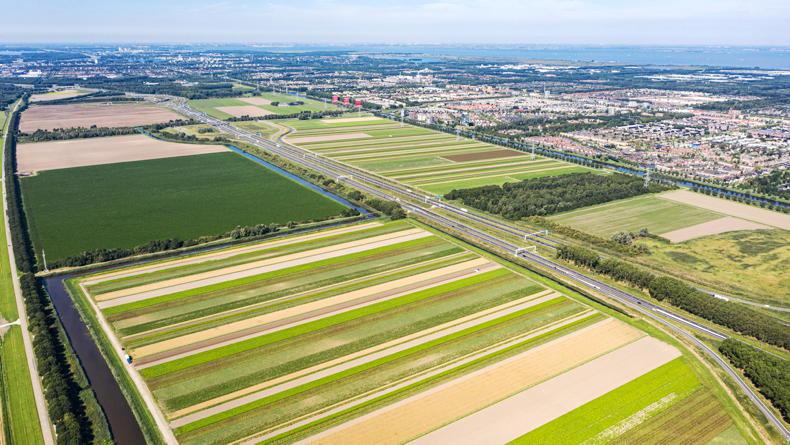

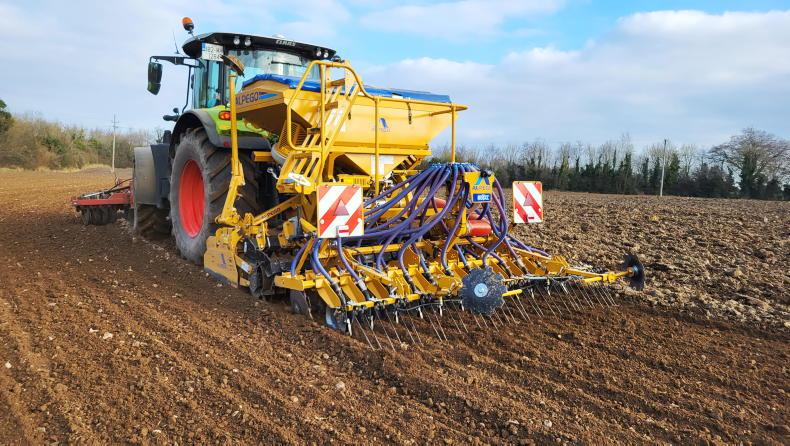

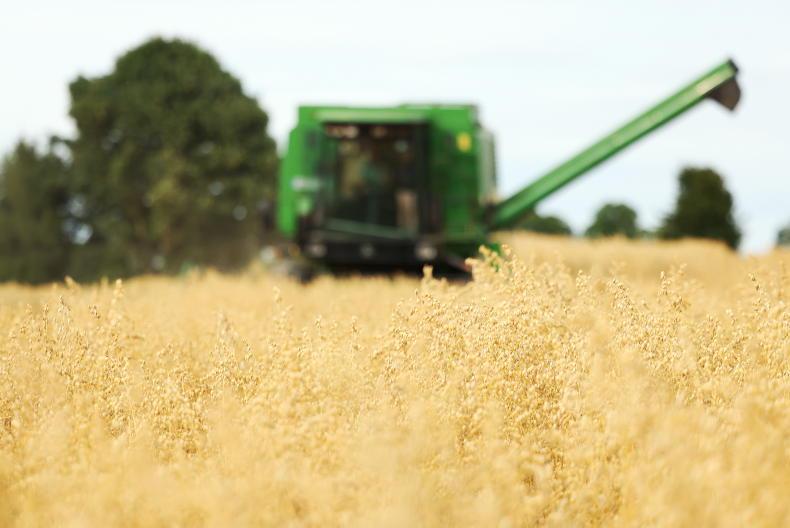
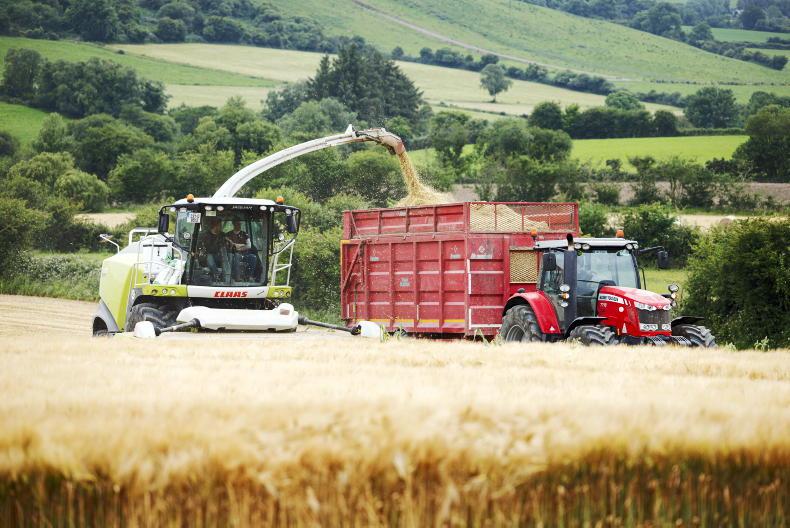
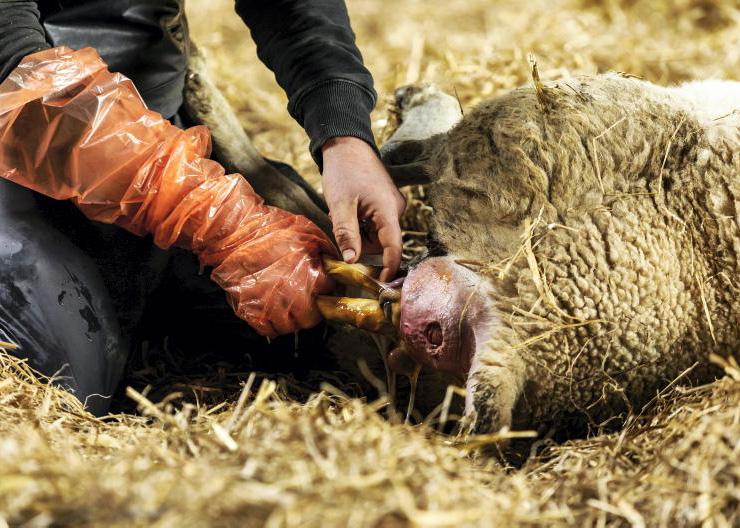
SHARING OPTIONS